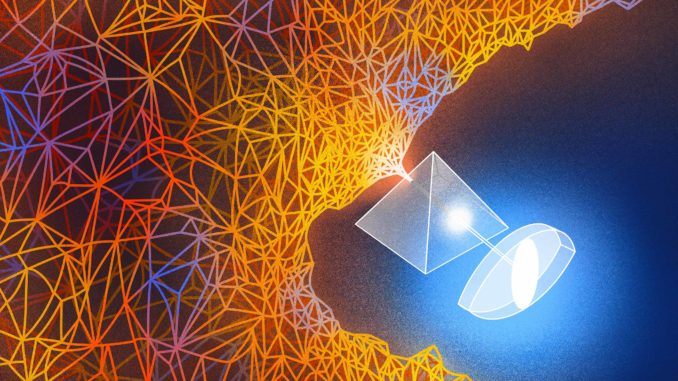
Imagine going to your local hardware store and seeing a new kind of hammer on the shelf. You’ve heard about this hammer: It pounds faster and more accurately than others, and in the last few years it’s rendered many other hammers obsolete, at least for most uses. And there’s more! With a few tweaks — an attachment here, a twist there — the tool changes into a saw that can cut at least as fast and as accurately as any other option out there. In fact, some experts at the frontiers of tool development say this hammer might just herald the convergence of all tools into a single device.
A similar story is playing out among the tools of artificial intelligence. That versatile new hammer is a kind of artificial neural network — a network of nodes that “learn” how to do some task by training on existing data — called a transformer. It was originally designed to handle language, but has recently begun impacting other AI domains.
The transformer first appeared in 2017 in a paper that cryptically declared that “Attention Is All You Need.” In other approaches to AI, the system would first focus on local patches of input data and then build up to the whole. In a language model, for example, nearby words would first get grouped together. The transformer, by contrast, runs processes so that every element in the input data connects, or pays attention, to every other element. Researchers refer to this as “self-attention.” This means that as soon as it starts training, the transformer can see traces of the entire data set.
